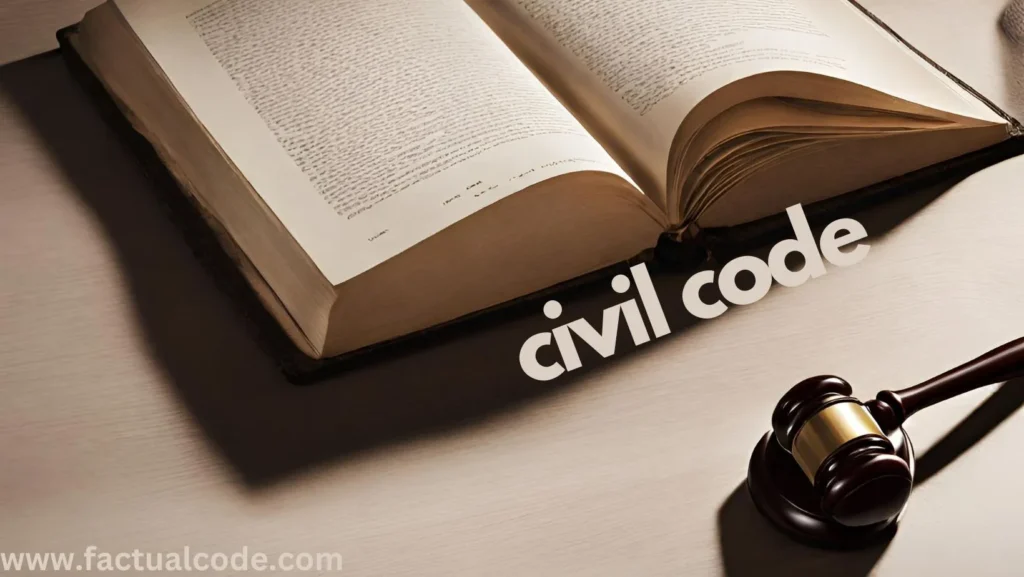A dilatory plea is a procedural defense raised by a defendant to delay or dismiss a legal action without addressing its substantive merits. Rather than contesting the factual or legal foundation of the case, such pleas focus on procedural or technical issues to highlight deficiencies in the plaintiff’s claim or the court’s jurisdiction.
Key Features of Dilatory Pleas
1. Purpose:
- The primary objective of a dilatory plea is to challenge procedural correctness or jurisdictional propriety. It seeks to prevent the case from proceeding until such issues are resolved.
2. Types of Dilatory Pleas:
- Plea to the Jurisdiction: Challenges the court’s authority to hear the case based on factors like territorial or subject-matter jurisdiction.
- Plea in Abatement: Focuses on defects in the plaintiff’s claim, such as improper service of summons, incorrect venue, or non-joinder or misjoinder of parties.
- Plea in Suspension: Requests a temporary halt to proceedings due to special circumstances, such as the need to resolve a related issue or the absence of a necessary party.
3. Legal Framework in India:
- The Code of Civil Procedure, 1908 (CPC) governs procedural aspects of dilatory pleas. Relevant provisions include:
- Order 7 Rule 11: Rejection of plaint due to procedural defects.
- Order 1 Rule 10: Objections related to misjoinder or non-joinder of parties.
- These provisions ensure procedural fairness while protecting the rights of defendants to raise valid objections.
- The Code of Civil Procedure, 1908 (CPC) governs procedural aspects of dilatory pleas. Relevant provisions include:
4. Judicial Approach:
- Courts acknowledge the legitimacy of dilatory pleas in maintaining procedural correctness. However, they disapprove of their misuse as a delaying tactic. Frivolous or baseless dilatory pleas may attract penalties or costs under the principle of ensuring timely and fair adjudication.
Conclusion
Dilatory pleas are a critical tool for safeguarding procedural integrity and jurisdictional propriety in legal proceedings. When invoked in good faith, they ensure the proper administration of justice. However, courts remain vigilant against their abuse, striving to balance procedural correctness with the need to deliver justice promptly and effectively.

